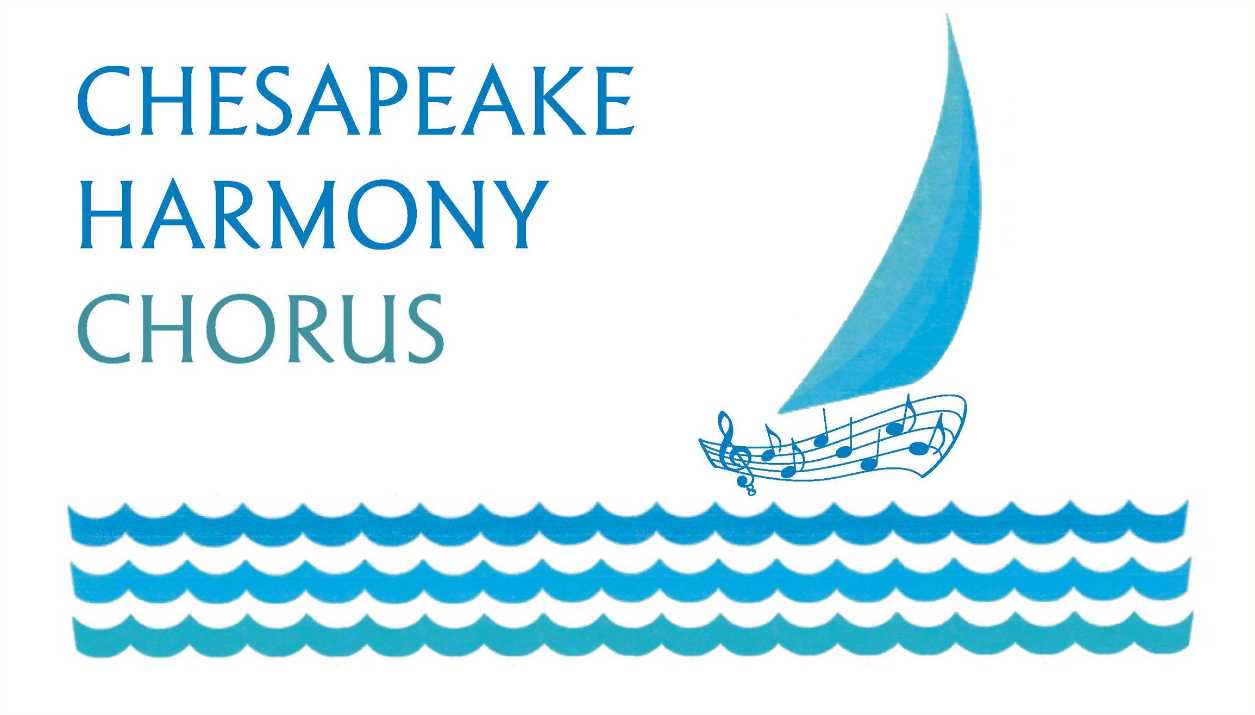What is Barbershop?
Barbershop harmony is a style of unaccompanied vocal music characterized by consonant four-part chords for every melody note in a predominantly homophonic texture. The melody is consistently sung by the lead, with the tenor harmonizing above the melody, the bass singing the lowest harmonizing notes, and the baritone completing the chord.
The melody is not sung by the tenor, except for the infrequent embellishment, to avoid awkward voice leading. Occasional brief passages may be sung by fewer than four voice parts.
Pitch Pipe Magazine
If you want to stay informed about all of the happenings in the female barbershop music scene, subscribe to Pitch Pipe, which is put out by Sweet Adelines International each quarter. It's full of news, reviews, and previews of coming events and competitions.
Barbershop music features songs with understandable lyrics and easily singable melodies whose tones clearly define a tonal center and imply major and minor chords and Barbershop (dominant and secondary dominant) seventh chords that resolve primarily around the circle of fifths, while making frequent use of other resolutions. Barbershop music also features a balanced and symmetrical form, and a standard meter.
The basic song and its harmonization are embellished by the arranger to provide support of the song's theme and to close the song effectively. Barbershop singers adjust pitches to achieve perfectly tuned chords in just intonation while remaining true to the established tonal center.
Artistic singing in the Barbershop style exhibits a fullness or expansion of sound, precise intonation, a high degree of vocal skill and a high level of unity and consistency within the ensemble. Ideally, these elements are natural, unmanufactured and free from apparent effort.
The presentation of Barbershop music uses appropriate musical and visual methods to convey the theme of the song and provide the audience with an emotionally satisfying and entertaining experience. The musical and visual delivery is from the heart, believable, and sensitive to the song and its arrangement throughout. The most stylistic presentation artistically melds together the musical and visual aspects to create and sustain the illusions suggested by the music.
History of Sweet Adelines International
After World War II, barbershop singing was growing increasingly popular for men. In 1945, a small group of women wanted to participate in the chord-ringing, fun-filled harmony that the men were singing. So these women organized "Sweet Adelines in America." From its humble beginnings in Tulsa, Oklahoma, Sweet Adelines International, as it is now called, has grown to a membership of almost 30,000 women in countries all across the globe.
The History of Barbershop
(excerpted from The History of Barbershop and Barbershop Style for the Director, Teacher and Singer from Sweet Adelines International)
Barbershop music, with its' close, unaccompanied four-part hamonies and ringing chords, is a uniquely American folk art. Although no one can say exactly when or where barbershop music began, the growth of the tradition was certainly aided between 1860 and 1920 by the types of songs popular at the times - songs characterized by sentimental lyrics and uncomplicated melodies that could be harmonized with a variety of four-part chords.
In the early years of American barbershop music, singers most often improvised harmonies. When the printing press was adapted to produce musical notation, there was further advancement of the barbershop idiom. Many early pieces of sheet music were printed with the standard vocal line and piano accompaniment, and with an additional quartet arrangement on the final page.
At the turn of the century, amateur singers, usually men, could often be heard singing improvised barbershop harmony at parties and picnics. Minstrel shows featured barbershop quartets who sang in front of the curtain as an "Olio" act while performers and stagehands prepared for the next act. It was convenient to use a quartet for this purpose, since no props were required.
Barbershop harmony's four voice parts are still called by their traditional names - tenor, lead, baritone and bass - whether referring to men or women's vocal groups. One of the distinctive qualities of barbershop harmony is that the melody, sung by lead voice, is below the tenor harmony. This follows the pattern of many early American hymns written for men and women, with the melody in the male tenor voice and the women singing harmony above. The barbershop harmony of today is a highly stylized art form requiring the same high degree of singing skill as other types of choral music.
As the popularity of barbershop harmony has grown, so has the type of participation. Barbershop singing is no longer restricted to male quartets; there are many women's quartets, and both men's and women's choruses now enjoy this unique art form. Choruses ranging in size from 20 to 150 or more members have found this singing style a challenging and exciting musical experience.
What is Barbershop?
In simple terms, barbershop harmony is vocal harmony produced by four parts: lead, tenor, baritone and bass. It is different from any other kind of choral or group singing.
Lead: The lead is the melody line and is sung in the range between A below middle C to C above middle C.
Tenor: The tenor provides the harmony part sung consistently above the lead. Although tenor is the highest voice in barbershop harmony, it should not be confused with the soprano of conventional singing groups. The tenor should have a light, sweet pure tone that will compliment but not overpower the lead voice.
Baritone: The baritone voice covers approximately the same range as the lead. The baritone harmony notes cross the lead notes - sometimes sung below, sometimes sung above.
Bass: The bass singer should have a rich mellow voice and be able to sing the E flat below middle C easily. Bass should not be confused with the alto of conventional groups.
Four-part harmony, barbershop style, has unique characteristics that contribute to the thrilling "lock-and-ring" sound, which results when the music is sung with skill and energy.


